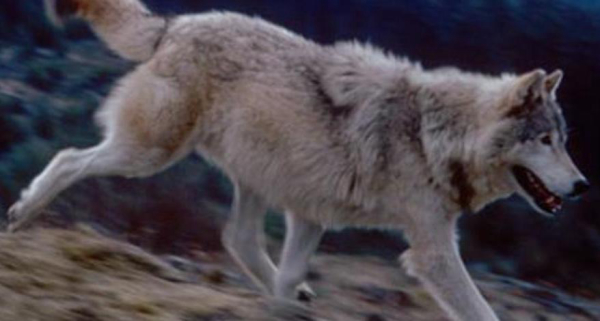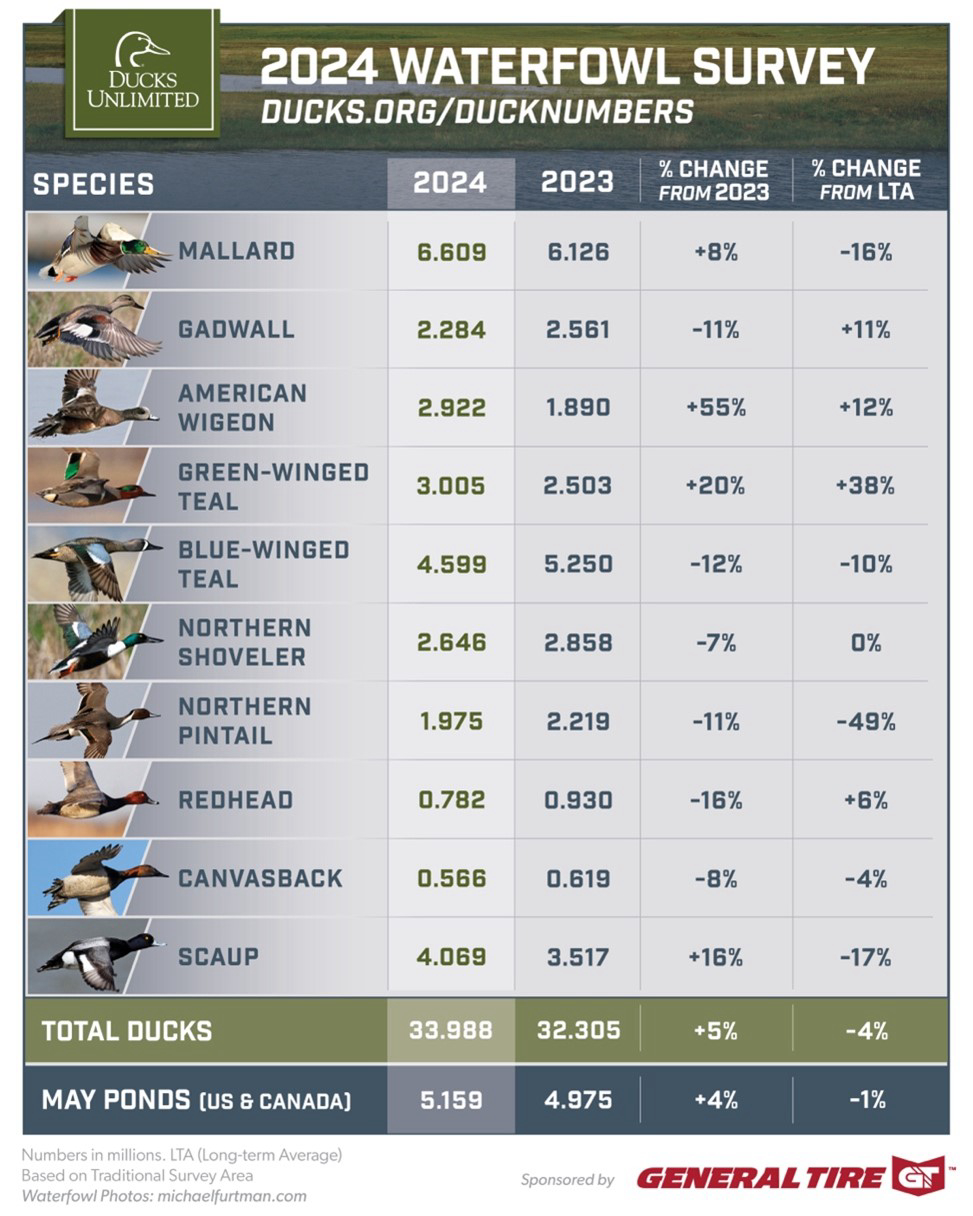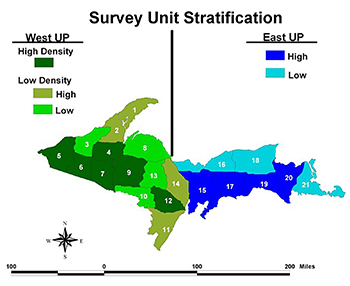Genetics-Based Modeling Estimates Idaho’s 2023 Wolf Population Was 1,150

New method will replace the camera-based estimates done since 2019
Idaho Fish and Game researchers have developed a new genetics-based method of estimating the state’s wolf population. The method uses genetic and age information taken from every harvested wolf checked by Fish and Game. Researchers then use that genetic information to understand relatedness among the harvested wolves and a computer modeling process that uses the pattern of relatedness to estimate the total number of wolves that produced that pattern.
The estimated wolf population for summer of 2023, after the breeding season, was 1,150 wolves. That estimate is near the high-end of the annually fluctuating population because wolf litters are born in the spring, then mortality from hunting, trapping and other causes occurs throughout the fall and winter, which typically cuts the statewide population by nearly half before the next breeding cycle.
The new genetic-based method uses data that Fish and Game staff have collected for years from harvested wolves, and with that historical genetic data, researchers produced estimates for previous years. They worked for more than a year to produce the genetics-based estimates, and then compared them to camera-based estimates of statewide wolf populations from 2019-2023. Although there were slight variations between the two methods, they produced very similar results.
“We recognize that the camera-based method is likely to become less reliable with a smaller wolf population,” Fish and Game Wildlife Bureau Chief Shane Roberts said. “Therefore, we’re planning to move forward with the new genetics-based method that will be more dependable at lower population sizes. We will work with the scientific community to have this new method peer-reviewed, and we will continue to fine tune it as we move ahead.”
See the Fish and Game staff’s presentation to the Commission on the new wolf counting methodology.
Adapting to changing conditions and improved technology
In the early years after wolves were reintroduced to Idaho, the state’s wolf population was estimated by capturing and placing radio collars on wolves in almost every pack in the state. Those collared wolves were later used to locate and count the packs from the air.
As the number of wolves and packs grew in Idaho and became more dispersed throughout the state, it became unsustainable to maintain collared wolves in enough packs to accurately estimate the state’s population. This approach was further complicated because hunters and trappers frequently harvested wolves after being collared, and wolves became more difficult to capture and collar.
In 2019, Fish and Game researchers, along with university collaborators, pioneered the camera-based method to estimate the state’s wolf population. Since then, Fish and Game crews placed and retrieved hundreds of cameras each summer, which generated millions of photos that had to be analyzed before the annual population modeling could begin. The camera method has produced reliable results to date, but Fish and Game researchers predict its reliability will decline if they get fewer pictures of wolves, which would happen if the state’s wolf population was smaller.
To ensure a reliable replacement was available before discontinuing the camera-based monitoring, Fish and Game staff developed the new genetic-based method, and then produced five past-year estimates for direct comparison with the camera-based estimates. After seeing similar results, Fish and Game staff is confident to move forward with the new genetics-based method.
“We believe this new method will provide us with reliable and repeatable wolf population estimates,” Roberts said. “By getting accurate annual population estimates, we can see whether the statewide population is decreasing or increasing, so we can adjust our management accordingly to meet goals.”
Idaho’s wolf population remains well above ESA delisting goals
The U.S. Fish and Wildlife Service reintroduced wolves into Idaho in 1995-96 with a goal of establishing at least 15 breeding pairs and 150 wolves in the state before the Fish and Wildlife Service would remove federal Endangered Species Act protections and transfer wolf management to the State of Idaho.
That population goal was exceeded in 2003, and Fish and Game took over wolf management in 2009. Between 2019 and 2021, the midpoint of the annual cycle of the statewide wolf population averaged 1,270 wolves. That “midpoint” number is roughly midway between the high point of the annual population in the spring and lowest point in late winter before new litters are born.
In May 2023, the Fish and Game Commission approved a six-year wolf management plan that outlined goals and strategies to manage the wolf population to fluctuate around an annual midpoint of about 500 animals. Population estimates since 2019 suggest the state’s wolf population is on a declining trend and moving toward meeting that management goal.
Fish and Game officials believe reducing the state’s wolf population will decrease wolf conflicts with livestock and reduce predation on elk herds in areas where they are below population objectives.






